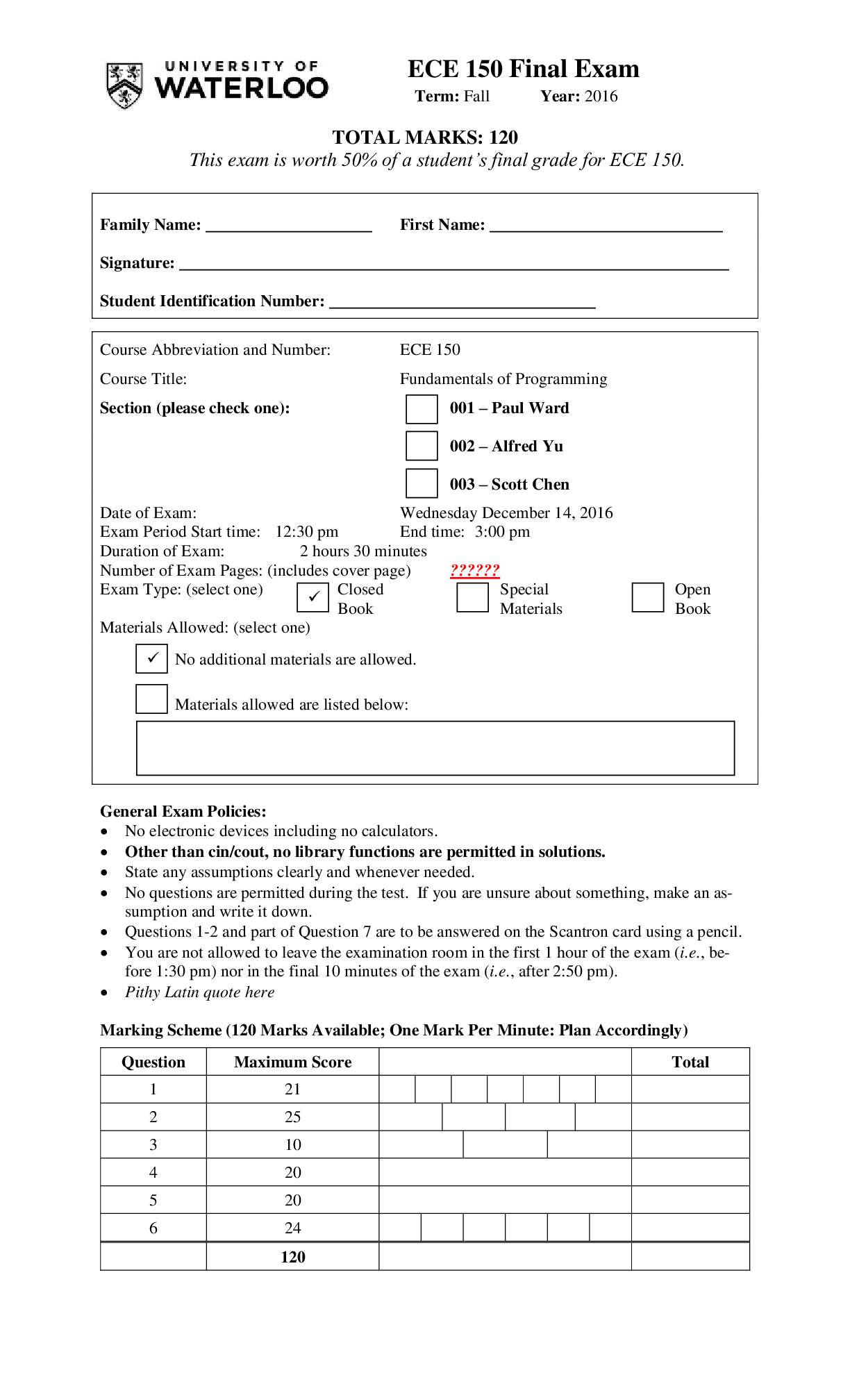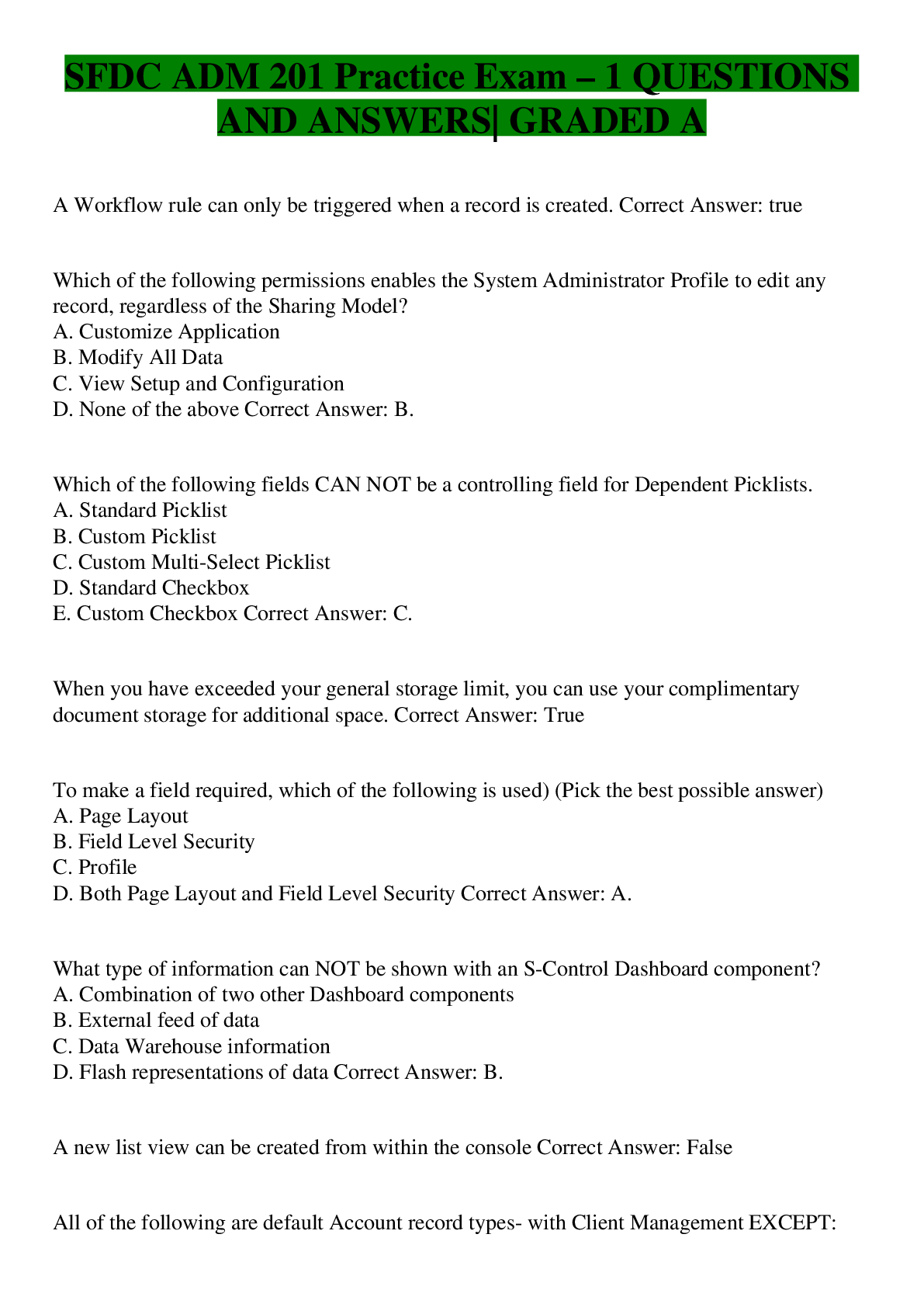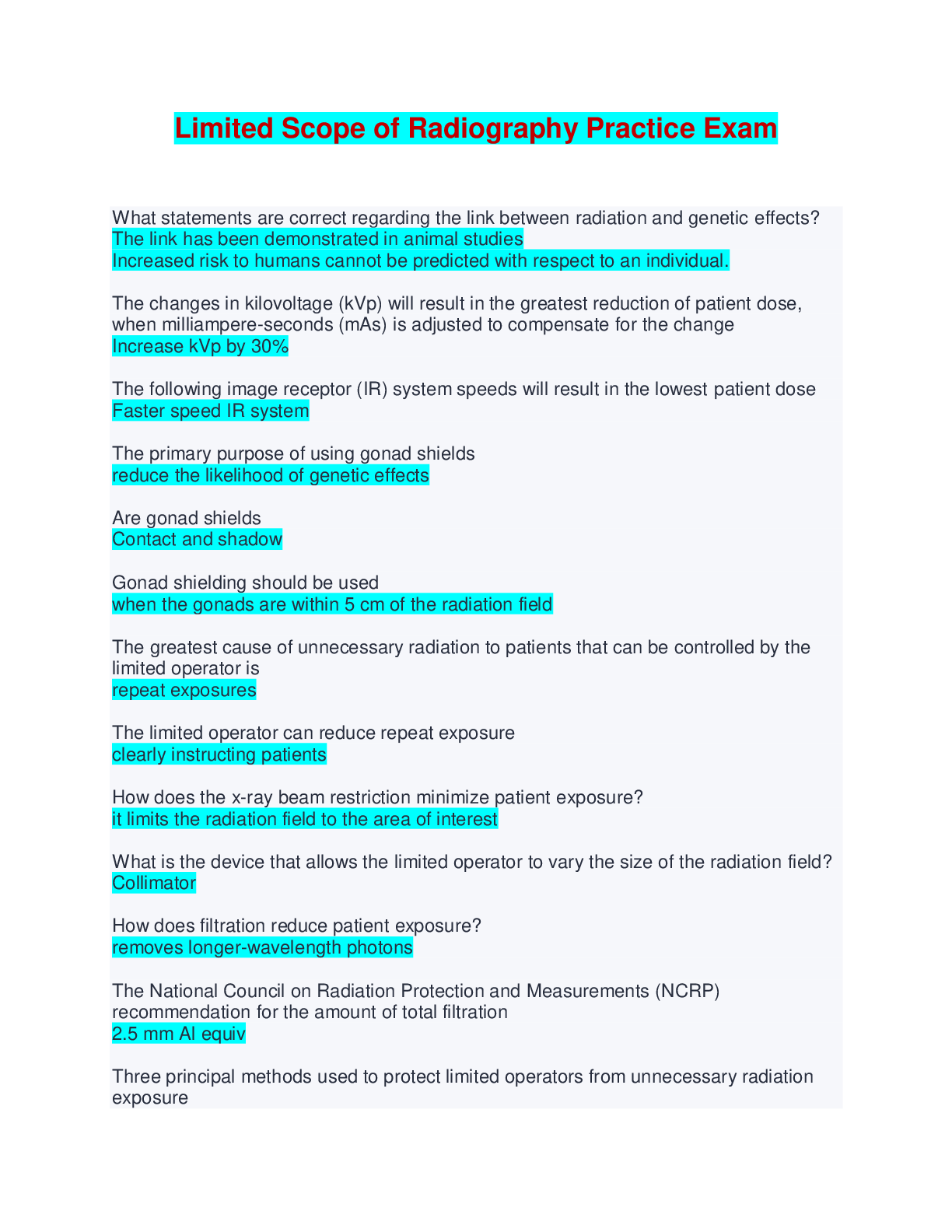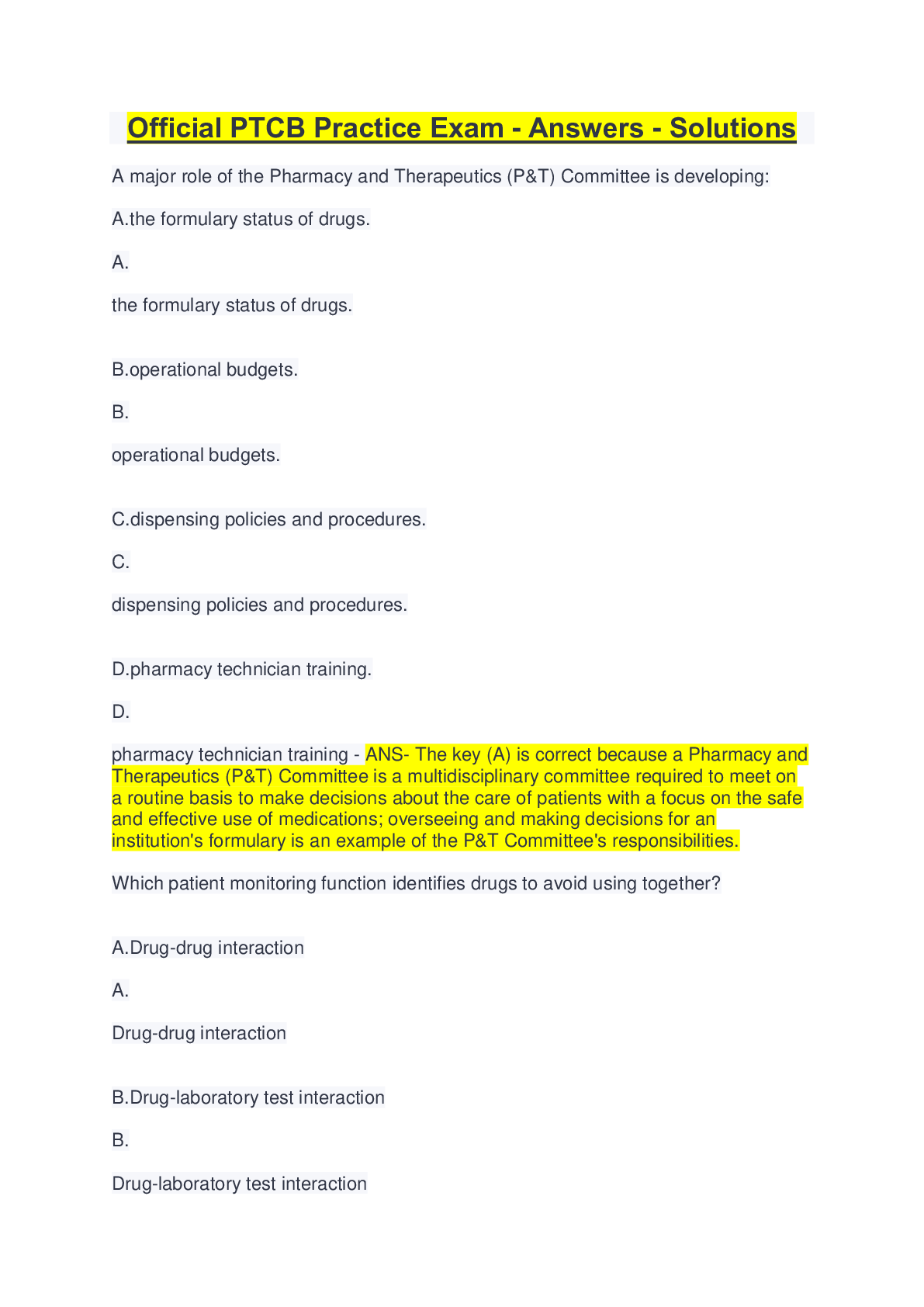BIOL 130 Practice Exam - University of Waterloo BIOL 130
Document Content and Description Below
BIOL 130 PRACTICE EXAM DISCLAIMER The actual exam for this course will only have 100 questions (this practice exam contains 115) This exam was compiled by a student, but all the material included r... emains copyrighted (citing things takes a long time so I didn’t but like… ya know) so DO NOT publish this anywhere For further explanation on any question, check the course material and clicker question PPTs The Answer Key is provided at this link: Answer Key: BIOL 130 Practice ExamBIOL 130 Practice Exam 2 1. Who is credited with inventing the first microscope? a. Antoni van Leeuwenhoek b. Theodor Schwann c. Matthias Schleiden d. Robert Hooke e. Antoni Vivaldi 2. All cells contain which three structures? a. cell wall, chromosomes, and ribosomes b. chromosome, cell wall, and flagella c. chromosome, ribosomes, plasma membrane d. cell wall, flagella, and ribosomes e. nucleus, ribosomes, plasma membrane 3. Which of the following statements describes a fundamental difference between plant cells and animal cells? a. Plant cells do not have mitochondria. b. Plant cells do not have a Golgi apparatus. c. Animal cells do not have chloroplasts. d. Plant cells have chromosomes consisting of circular loops. e. Plant cells have cell walls instead of plasma membranes. 4. The secretory pathway involves the transfer of materials from _________ to ________ to ________. a. endoplasmic reticulum, mitochondria, plasma membrane b. endoplasmic reticulum, mitochondria, Golgi apparatus c. endoplasmic reticulum, Golgi apparatus, plasma membrane d. mitochondria, lysosomes, plasma membrane e. endoplasmic reticulum, lysosomes, plasma membrane 5. Endocytosis involves transport of material from _____ to _____. a. the nucleus … the rough endoplasmic reticulum b. outside the cell … inside the cell c. secretory vesicles … the plasma membrane d. lysosomes … the plasma membrane e. inside the cell … outside the cell BIOL 130 Practice Exam 3 6. What atoms are used to build living cells? a. All elements found in the periodic table are used in the generation of living cells b. C, H, N and O comprise 99% of the atoms that make up cells c. All atoms with the exception of radioactive isotopes are used in the building of living cells d. Different cells use different subsets of atoms in their makeup. 7. What part of an atom most greatly influences the bonds it can/will form? a. protons b. neutrons c. electrons d. All of the above have equal influence. 8. Behold the sodium atom 23 11Na. How many valence electrons does it have? A. 11 B. 1 C. 2 D. 3 E. 8 9. Rank the types of bonds from strongest to weakest (in typical biological systems). A. ionic > covalent > hydrogen B. hydrogen > ionic > covalent C. covalent > ionic > hydrogen D. covalent > hydrogen > ionic E. ionic > hydrogen > covalent 10. Which of the following contains a polar bond? A. H2O B. O2 C. N2 D. CH4 11. What is the difference between 16 8O and 18 8O? a) 18O has two more protons b) 18O has two more electrons c) 18O has two more neutrons d) 18O has one more proton and one more electron BIOL 130 Practice Exam 4 12. How do we generate Na+ and Cl- ions?? A. Movement of a proton from Cl to Na resulting in charged atoms due to an imbalance between protons and electrons. B. Movement of a neutrons from Na to Cl resulting in charged atoms due to an imbalance between protons and electrons. C. Movement of an electron from Na to Cl resulting in charged atoms due to an imbalance between protons and electrons. D. Movement of a neutrons from Cl to Na resulting in charged atoms due to an imbalance between protons and electrons. 13. Which of the following best describes a hydrogen bond? A. A covalent bond between positively charged hydrogen atom and a negatively charged oxygen atom. B. A covalent bond between hydrogen and another atom. C. A non-covalent bond between a hydrogen atom participating in a polar covalent bond and another partially electronegative atom participating in a polar covalent bond. D. A non-covalent bond that only occurs between partially positive hydrogen atom and partially negative oxygen atom. 14. The bond length between two atoms involved in a covalent bond … A. is a property of the types of atoms participating in the bond. B. occurs at a distance where the attractive and repulsive forces between the atoms participating in the bond are balanced C. is determined by the attractive forces between the valence electrons of the atoms participating in the bond D. a and b E. a, b and c 15. Compared with a pH of 7, a solution of pH 5 has A. 1/100 of the hydrogen ion concentration B. 5/7 of the hydrogen ion concentration C. very nearly the same hydrogen ion concentration D. 2 times the hydrogen ion concentration E. 100 times the hydrogen ion concentration BIOL 130 Practice Exam 5 16. which equation correctly represents the ionization of water A. H2O à H+ + -OH B. 2H2OàH3O + + -OH C. H2O à H3O + + -OH D. 2H2Oà4H+ + 2 -OH 17. According to the usage of the term in science (versus the supermarket), which of the following would be ‘organic’? A. sea salt B. water C. white sugar D. a and c E. a, b and c 18. Indicate which functional groups are presen [Show More]
Last updated: 1 year ago
Preview 1 out of 28 pages
Instant download
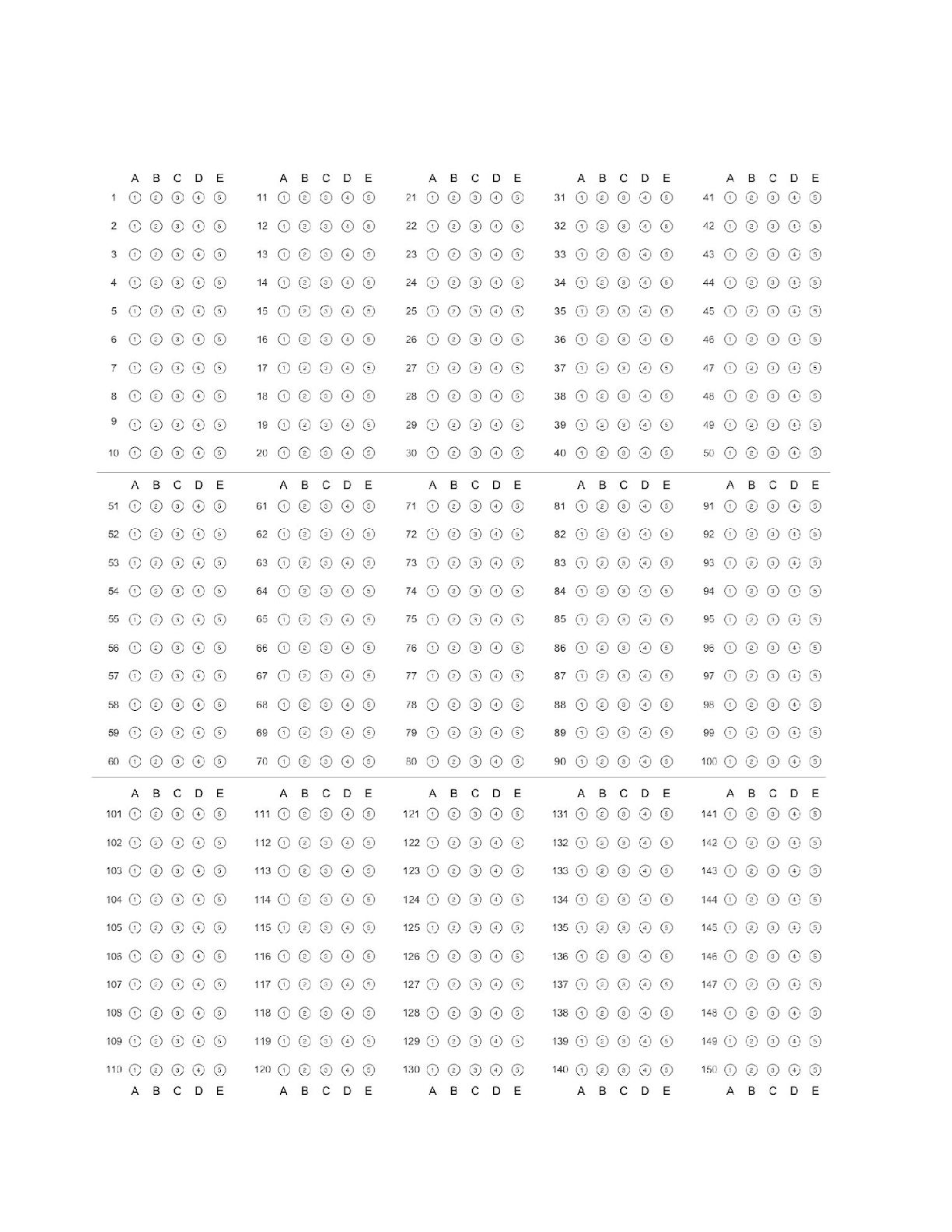
Instant download
Reviews( 0 )
Document information
Connected school, study & course
About the document
Uploaded On
Nov 26, 2022
Number of pages
28
Written in
Additional information
This document has been written for:
Uploaded
Nov 26, 2022
Downloads
0
Views
29

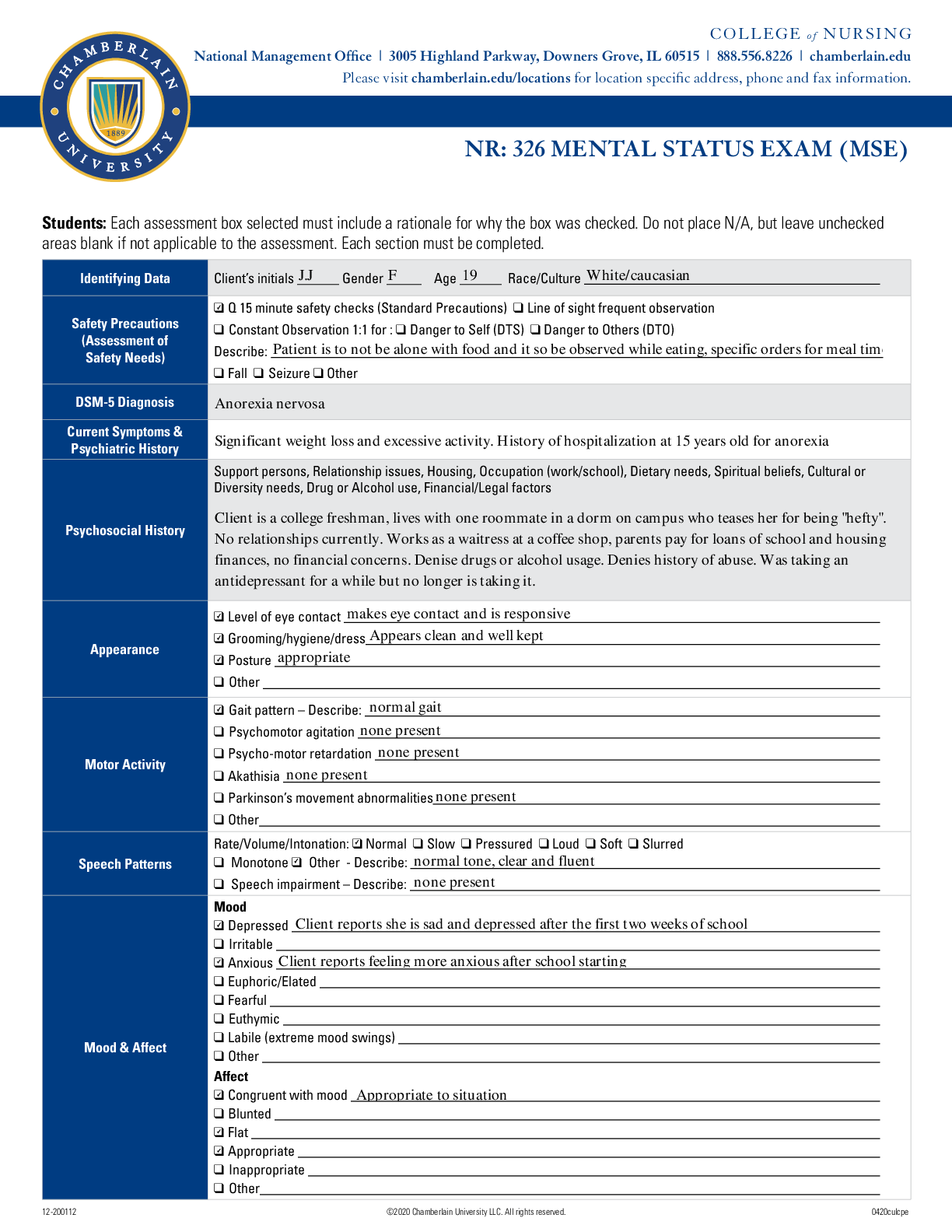
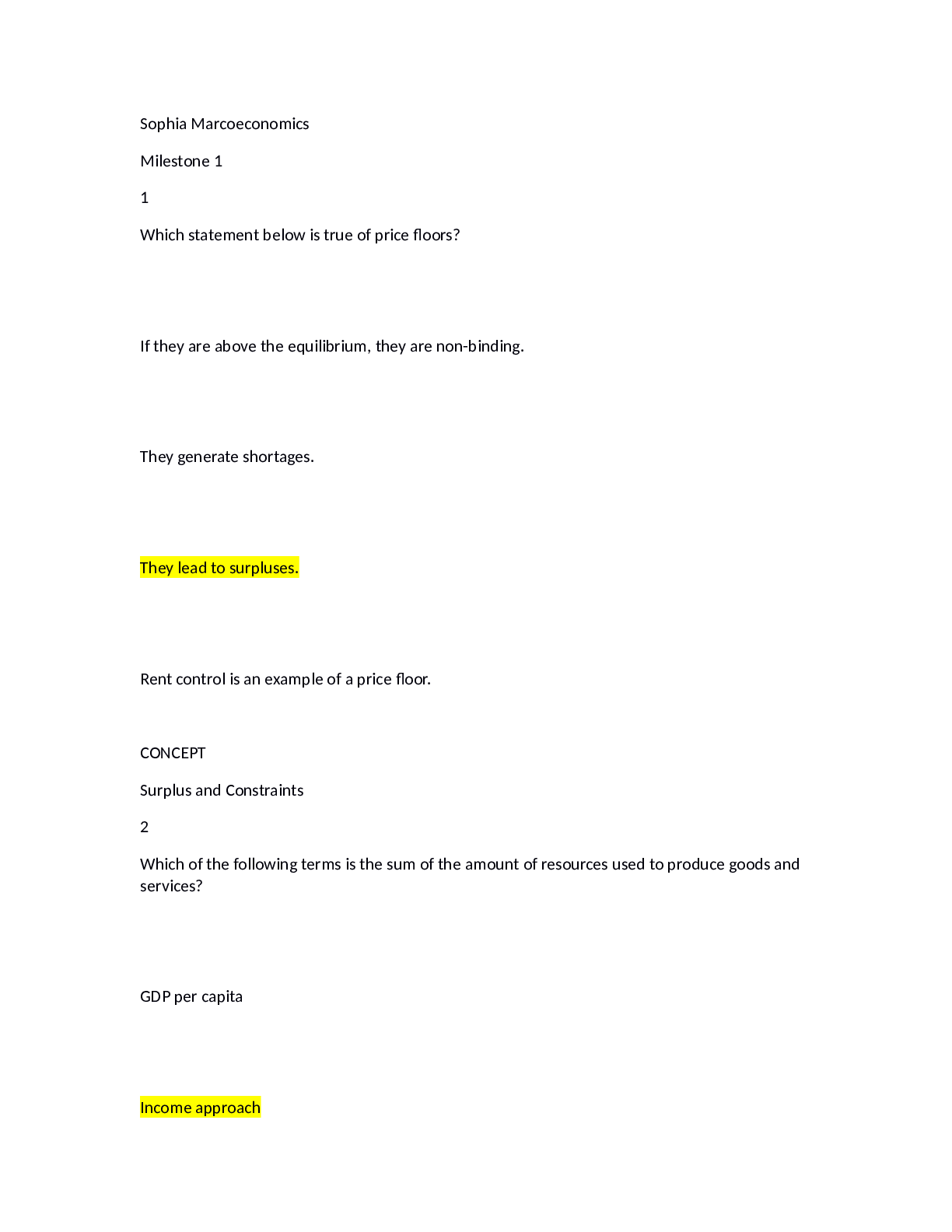
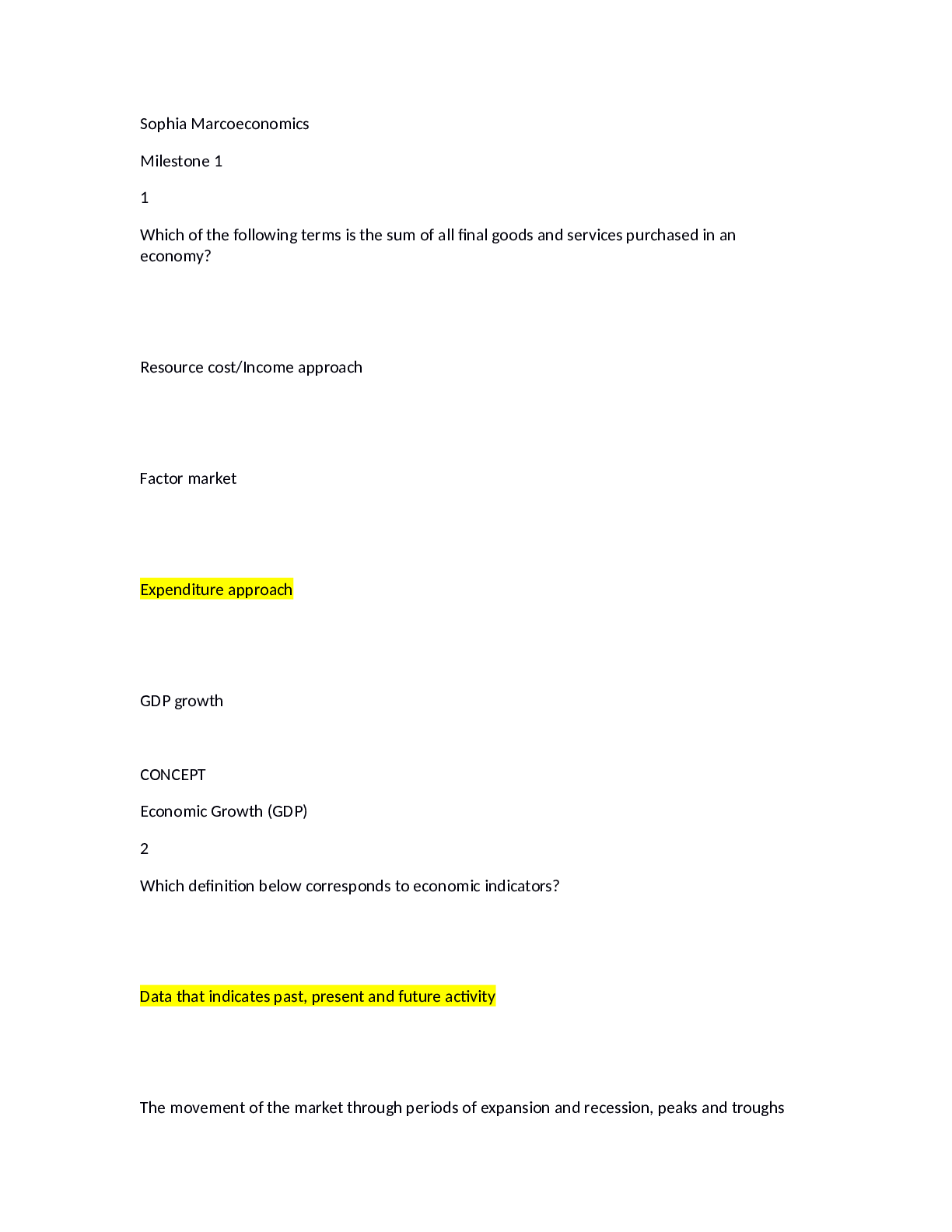
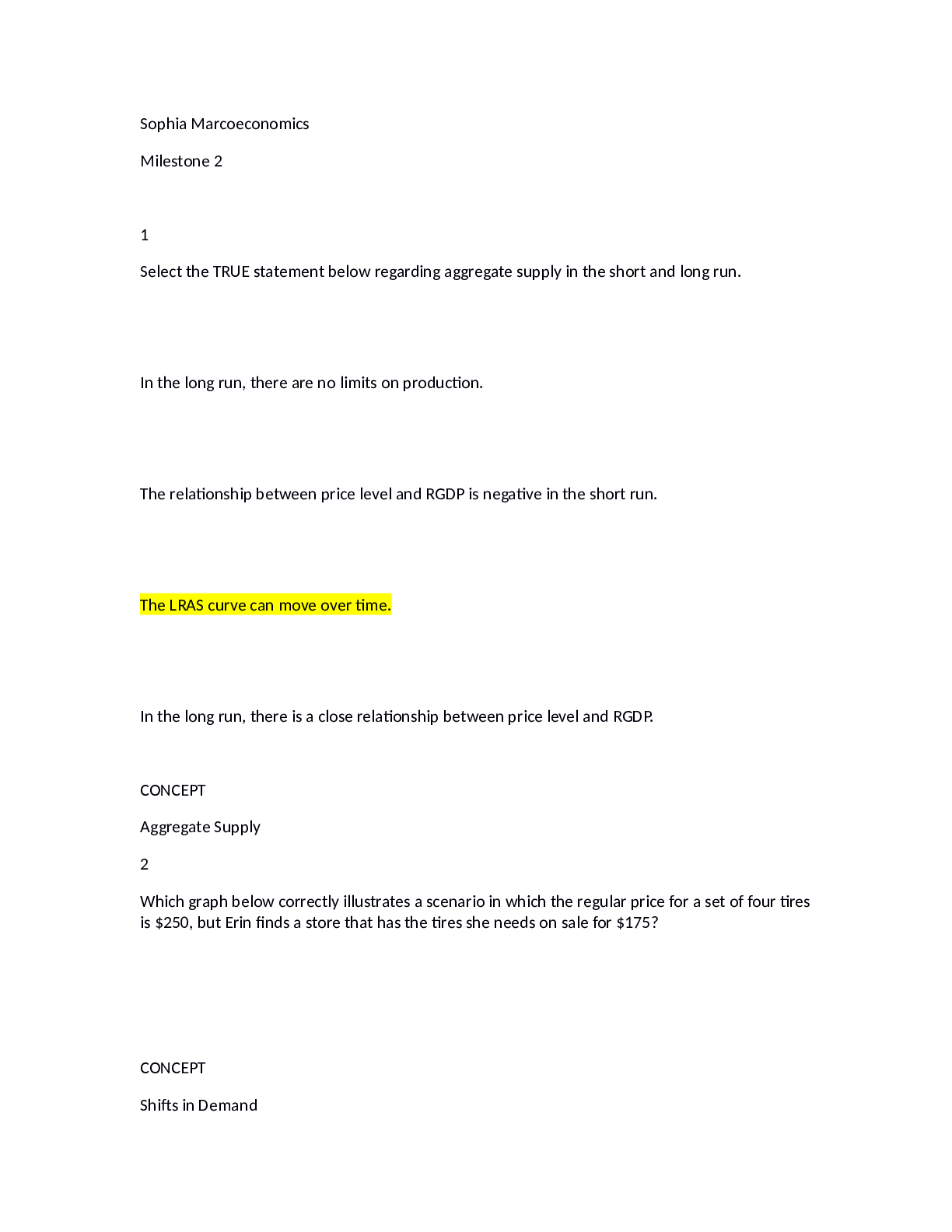
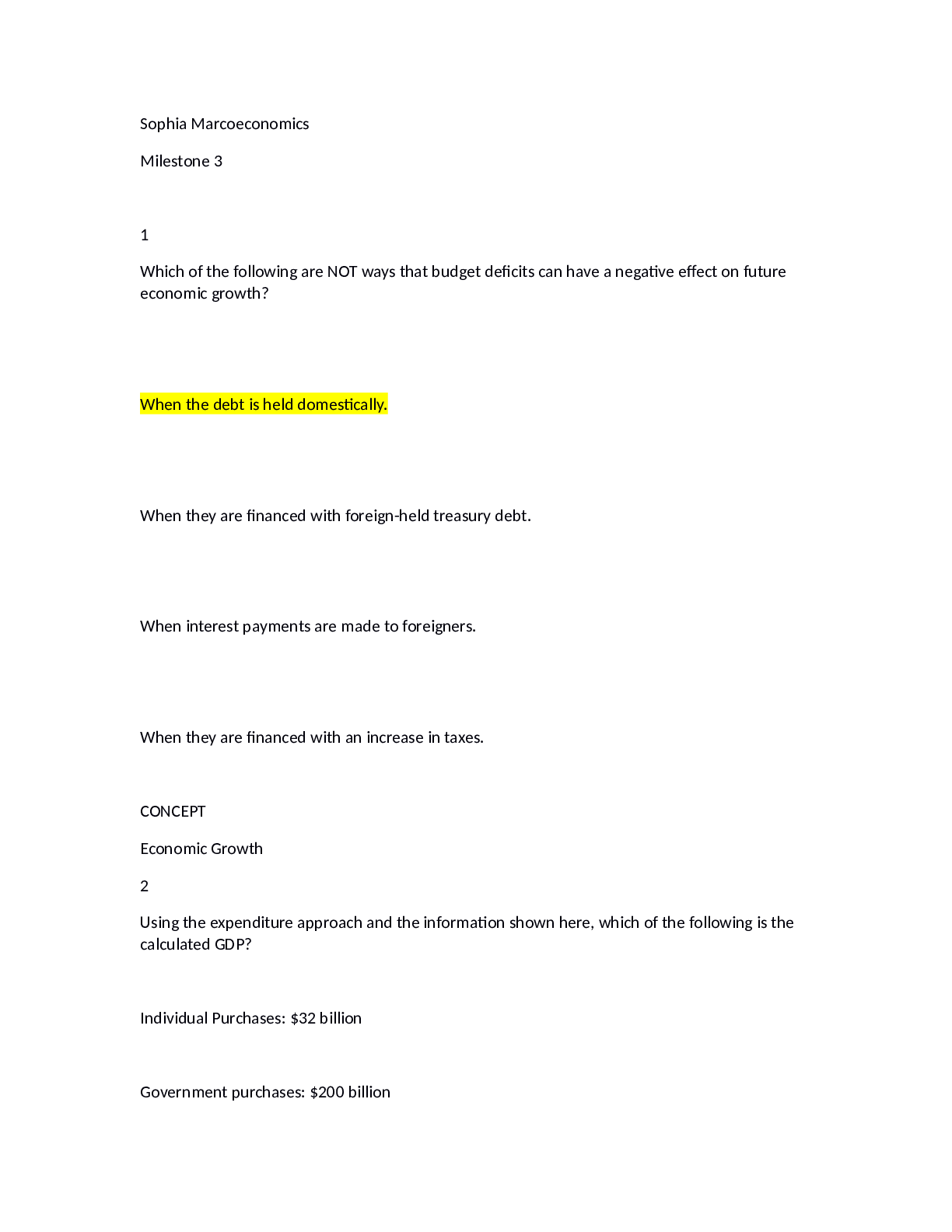
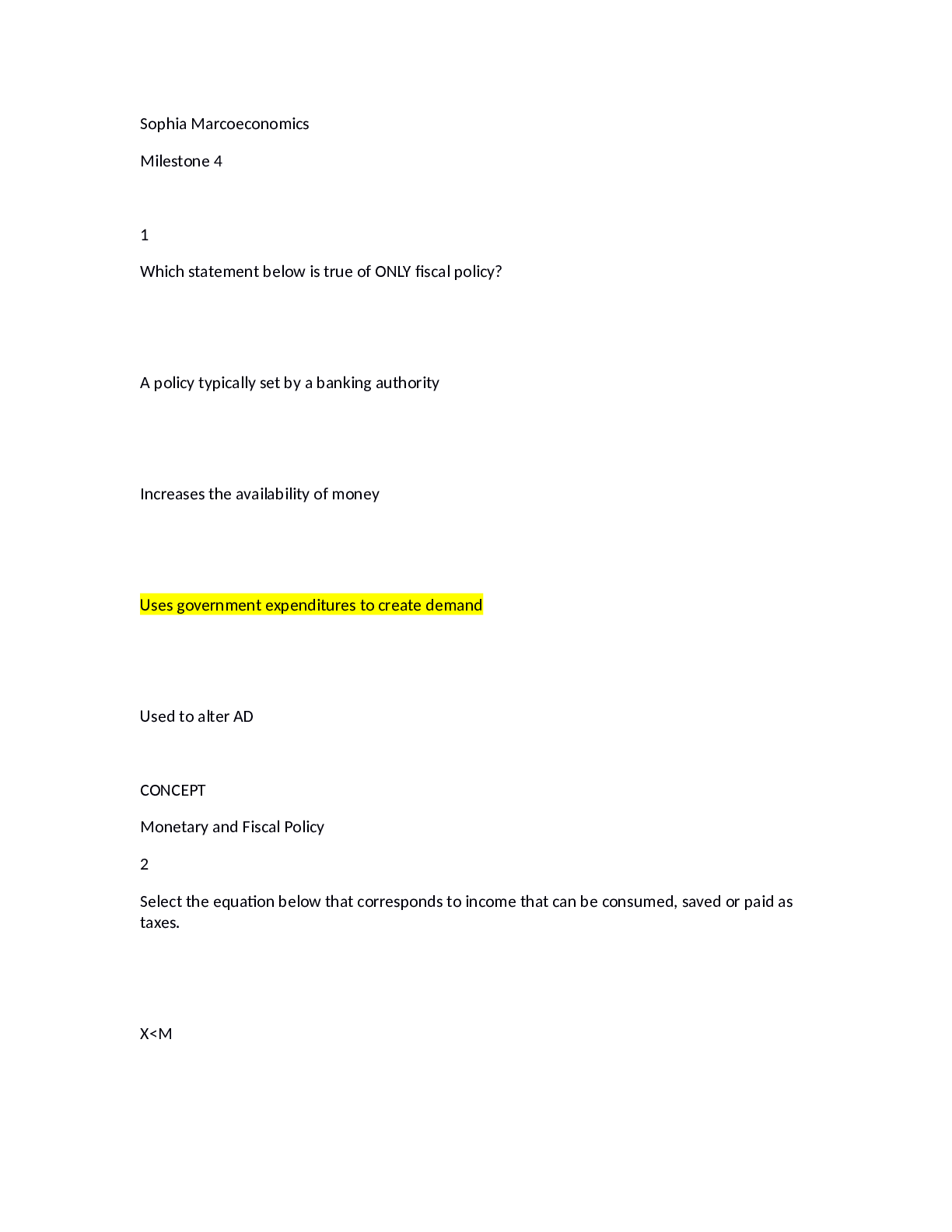
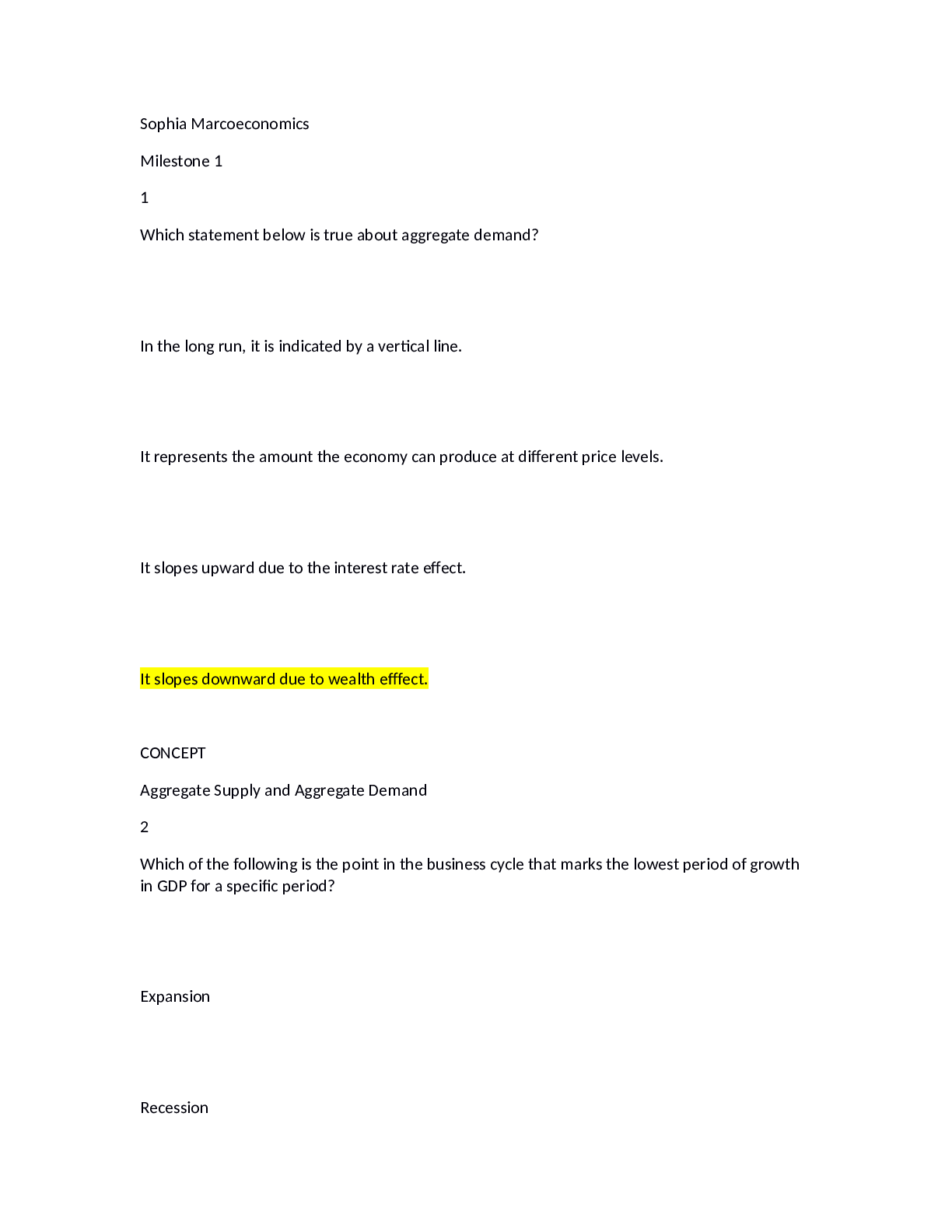





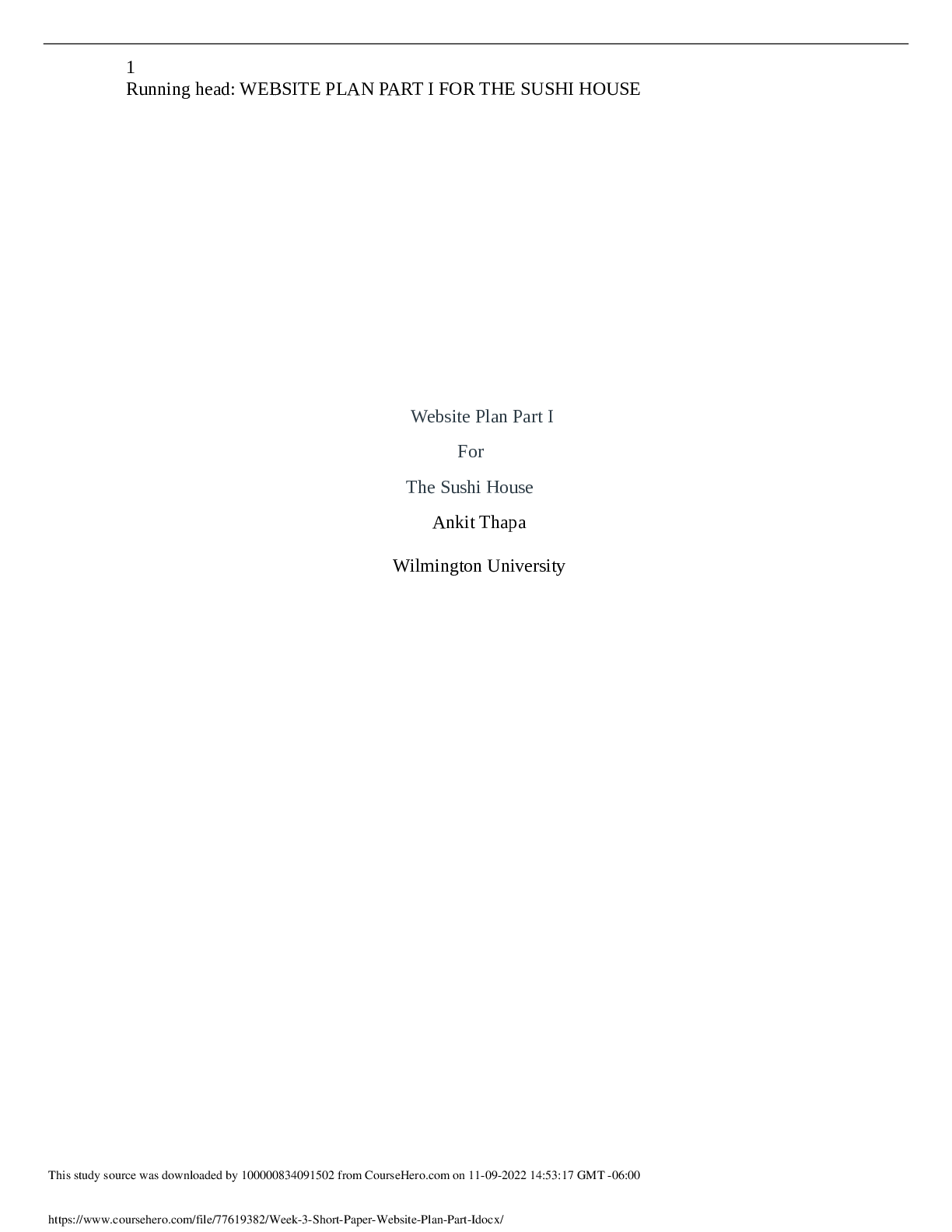

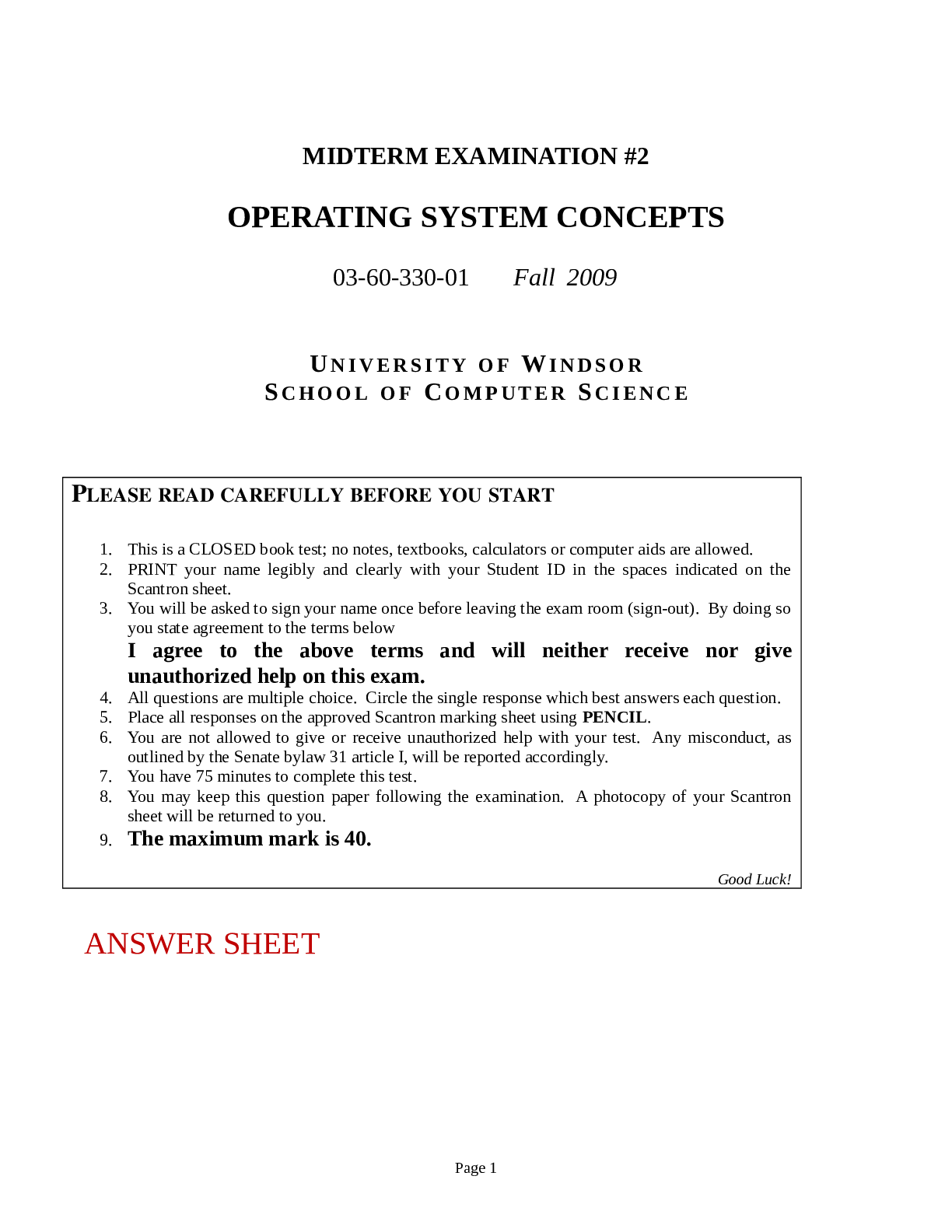
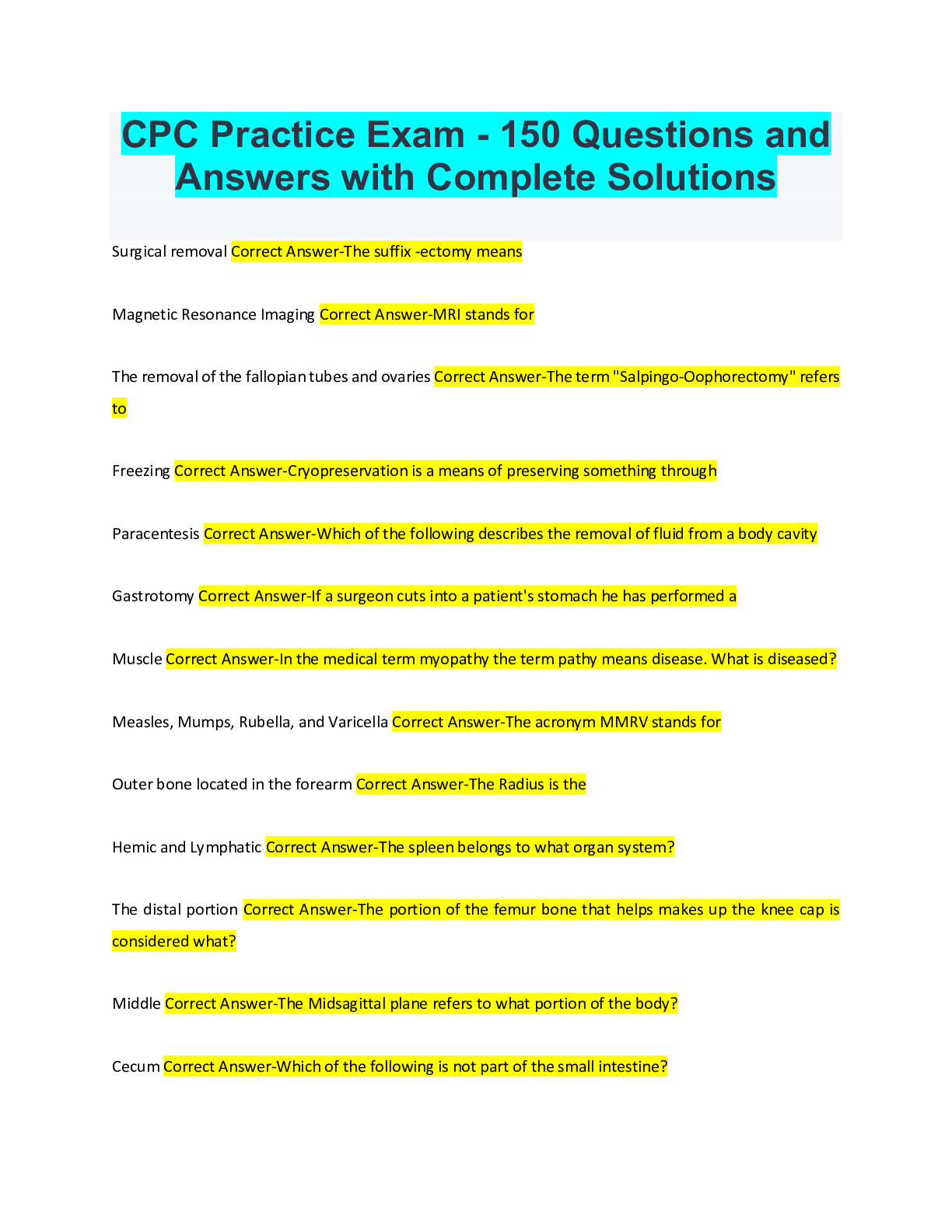
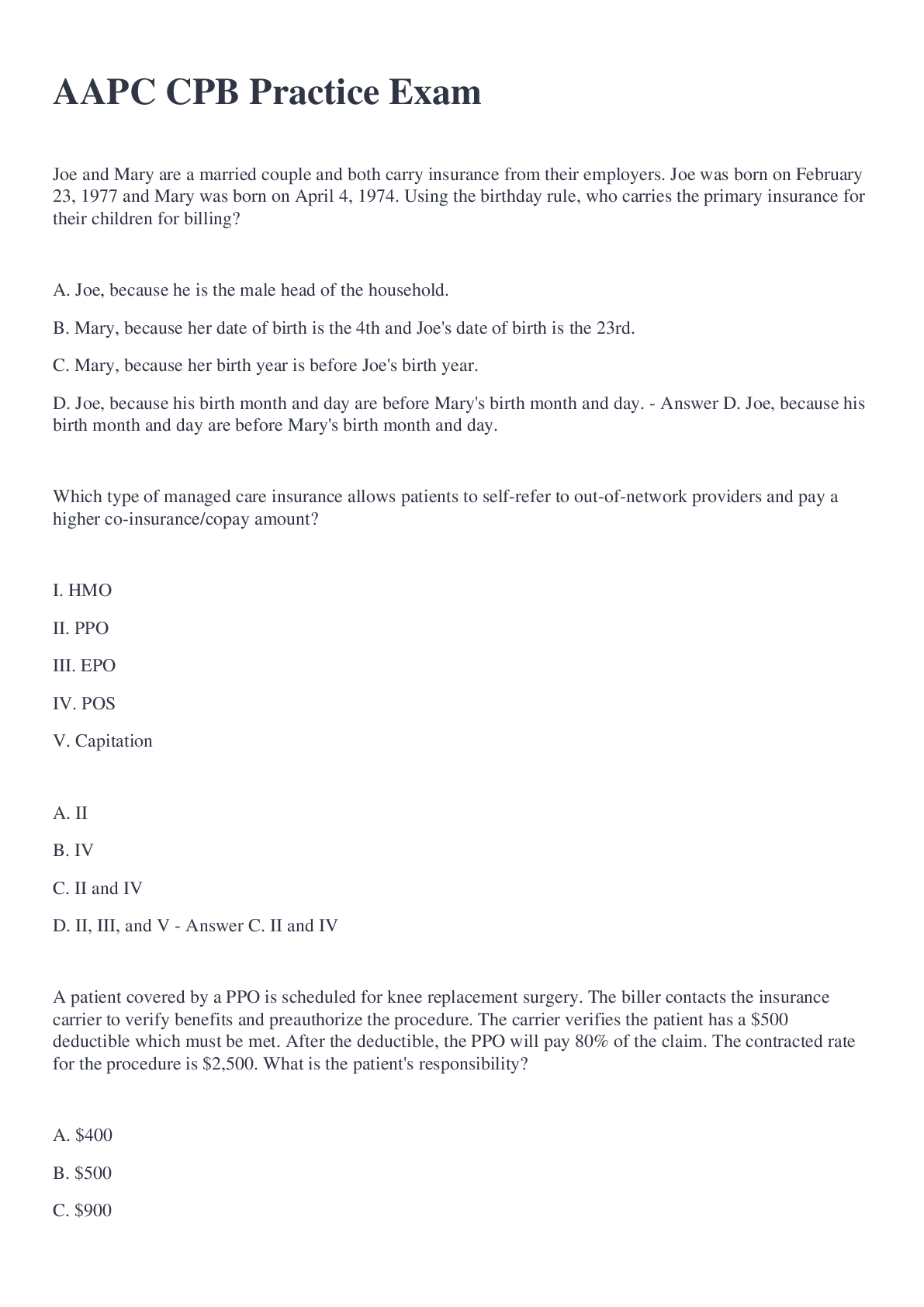

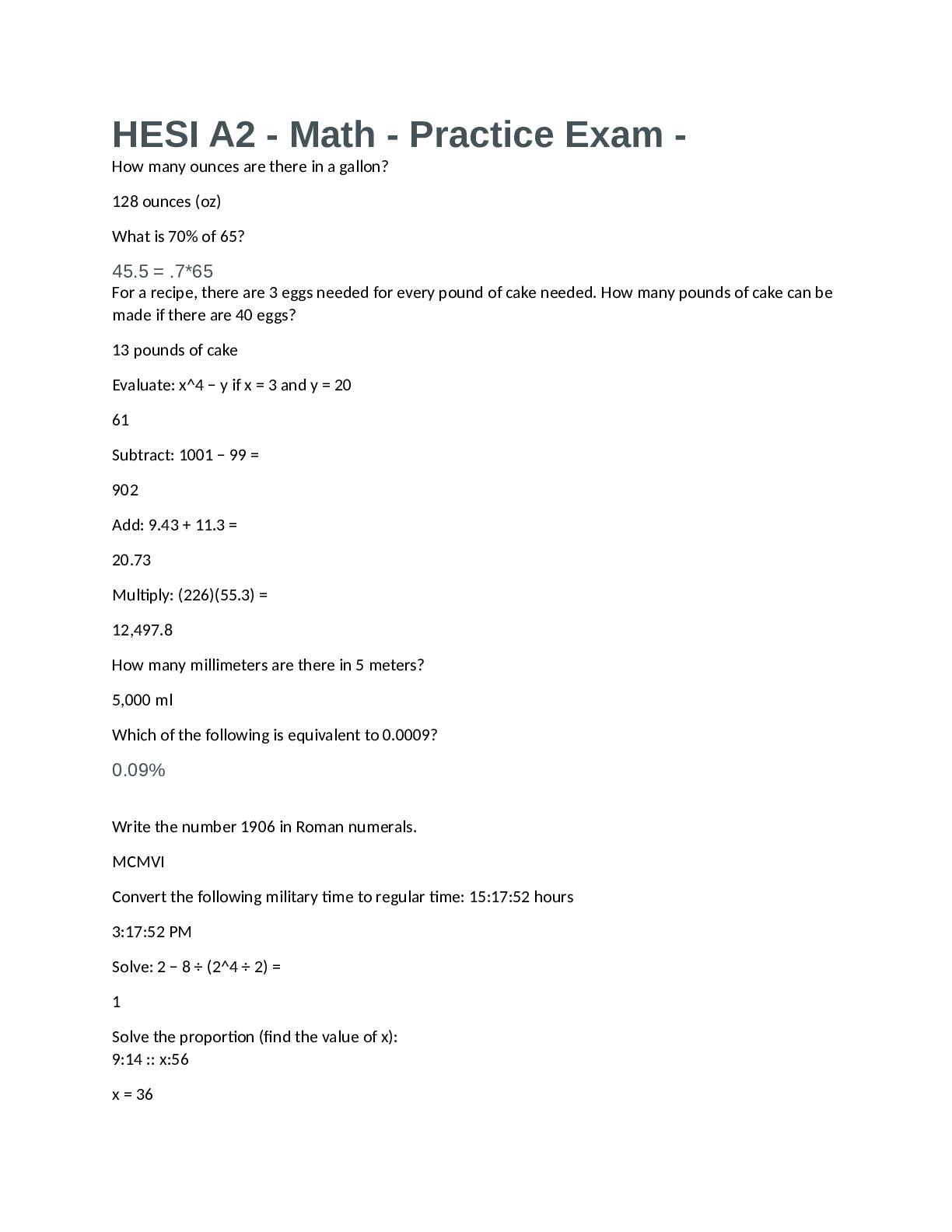
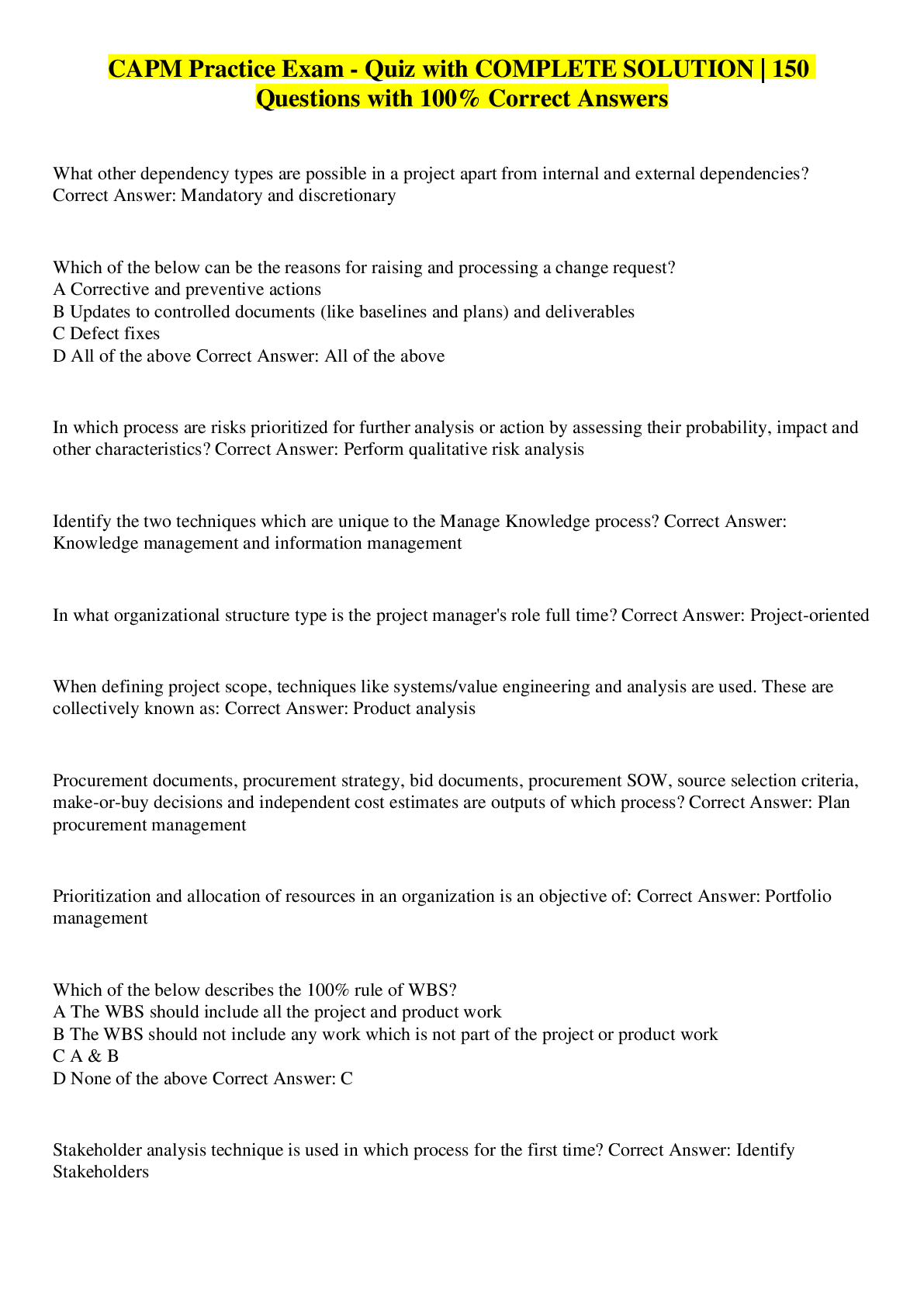
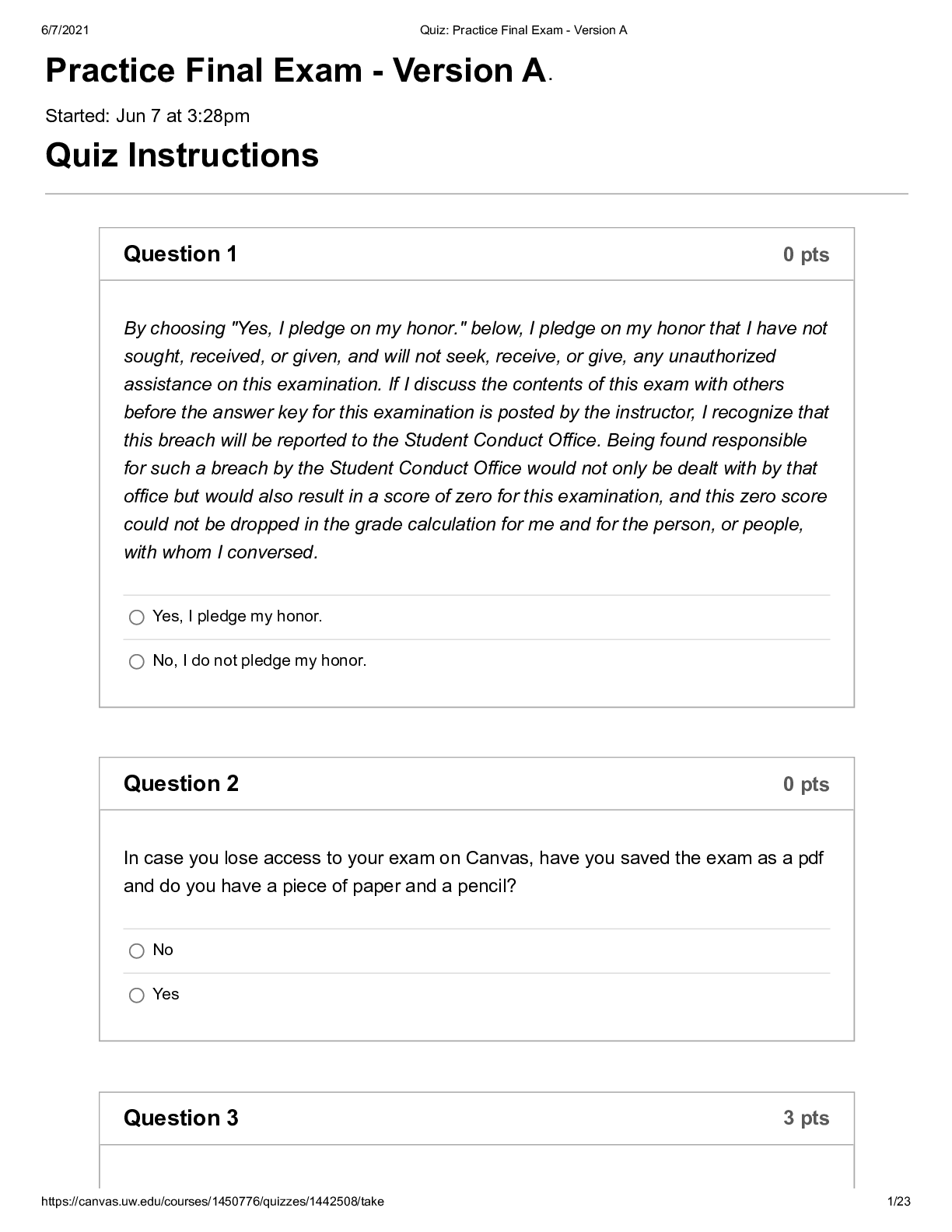

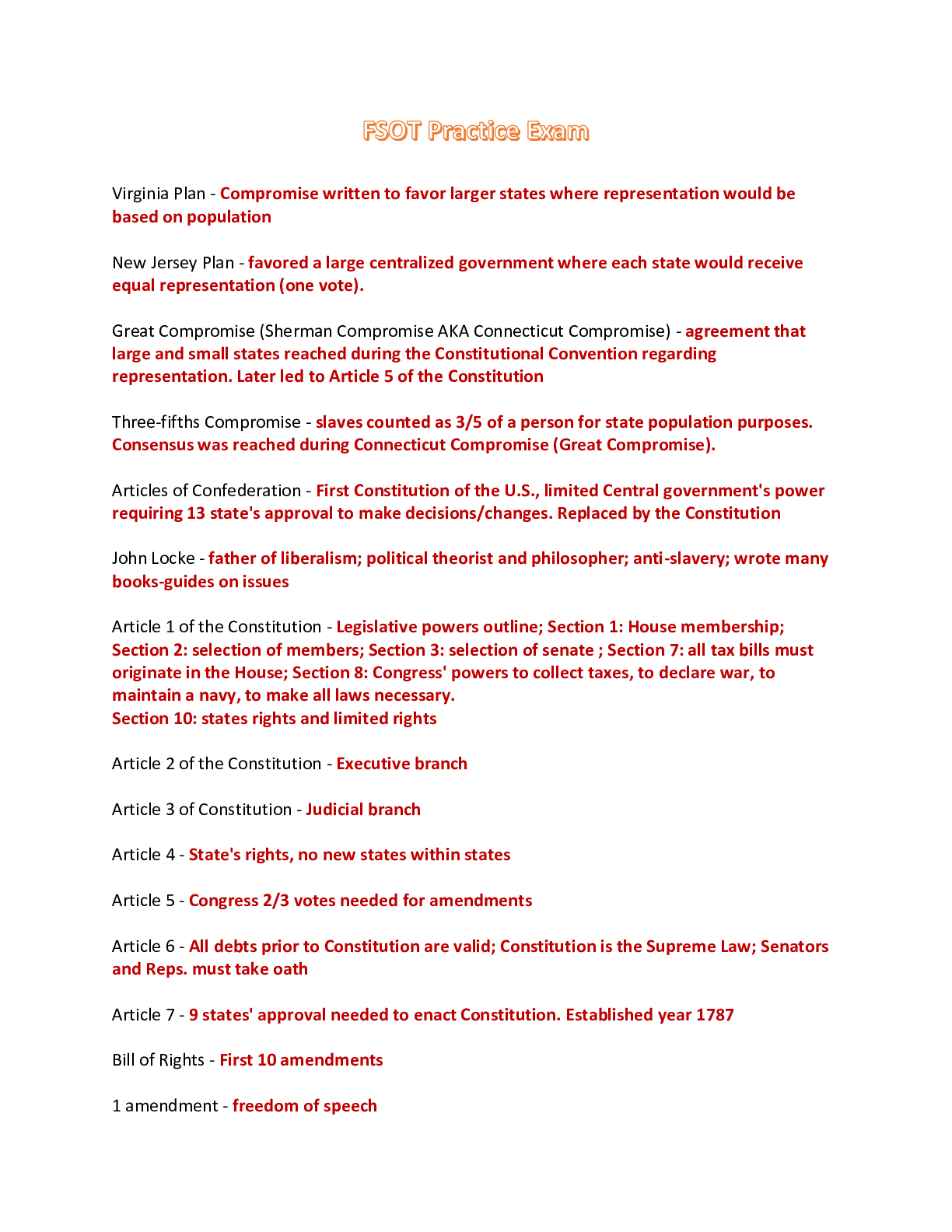

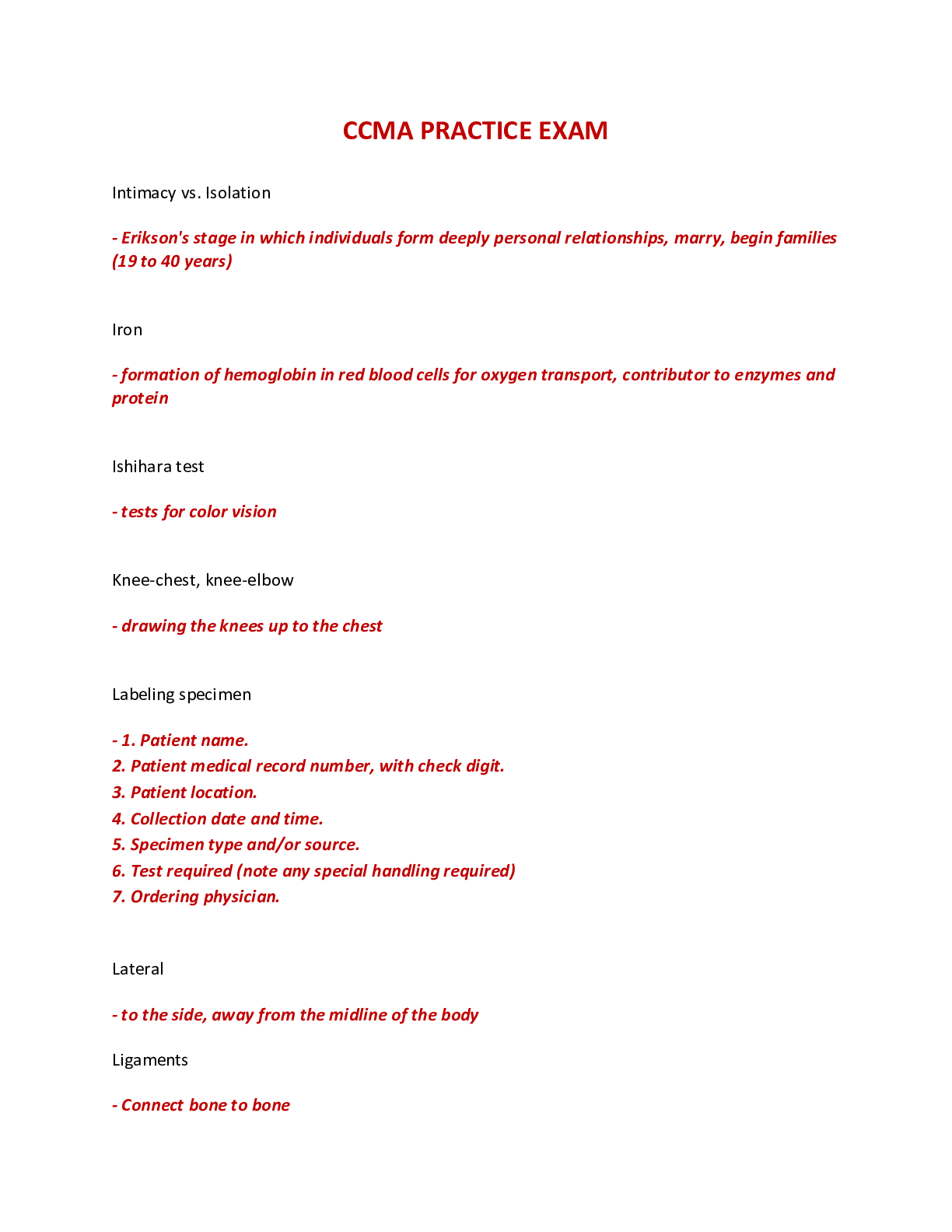
.png)
